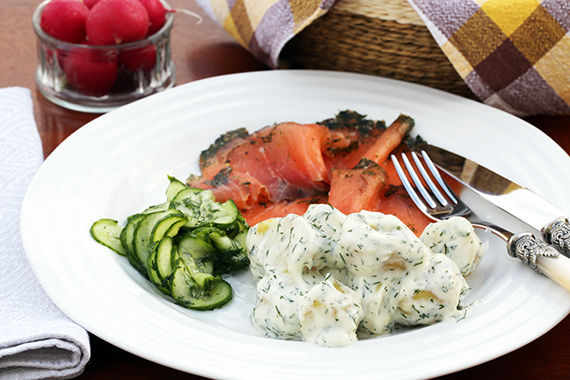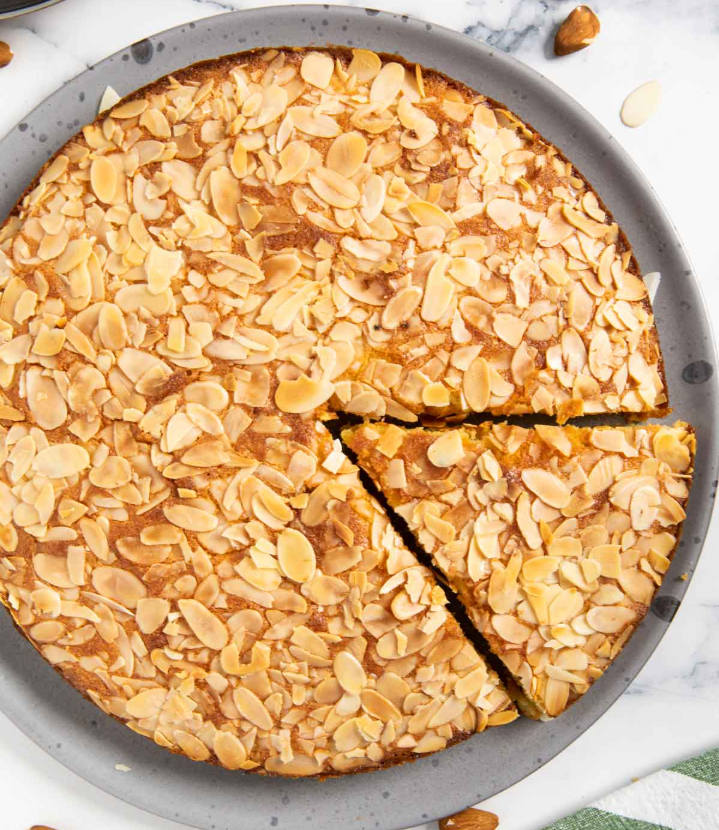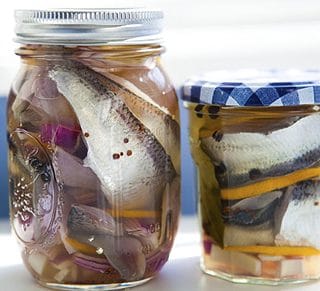With wild mushrooms growing in such abundance in Sweden it is no surprise that mushroom soup is an absolute classic in Swedish cuisine. It can be dressed up to make a very impressive starter or, with some nice bread, it can make a hearty lunch. In the autumn Swedes would normally make this soup with whatever mushrooms they have foraged.
At other times of year, most Swedes would use dried mushrooms, which also make a fantastic soup ideal for a cold winter’s day. John Duxbury
Tips
• Any dried wild mushrooms can be used, but I prefer to use trattkantareller (funnel chanterelles, also called yellowfoots) or karljohan (porcini) because they rehydrate well and they are so full of flavour.
• Although dried mushrooms are often rehydrated with hot water they will be better flavoured if you use water at room temperature even though it takes longer, 30 minutes instead of 15 minutes.
Ingredients
30 g (1¼ oz) dried wild mushrooms
500 ml (2 cups) water
2 tbsp butter
2 red onions, finely chopped
2 garlic cloves, finely chopped
500 ml (2 cups) good quality chicken, mushroom or vegetable stock
½ tsp freshly chopped thyme
½ tsp salt
¼ tsp freshly ground black pepper 2 tbsp sherry, optional 90 ml (6 tbsp) whipping cream cream to drizzle, optional parsley, finely chopped
Method
1. Soak the mushrooms in 500 ml (2 cups) of water at room temperature for 30 minutes or 15 minutes in warm if short of time.
2. Pick the mushrooms out of the water and put in a sieve over a bowl to drain. Carefully strain the mushroomy water, through muslin if necessary, and add the strained liquid to the stock. (If using kantareller (girolle) mushrooms, discard the water as it normally has a rather bitter taste. Increase the amount of stock to 1000 ml/4 cups to compensate.)
3. Melt the butter in a large saucepan over a medium heat and add the red onion, garlic and the rehydrated mushrooms. Fry until softened, but not coloured.
4. Remove from the heat, sprinkle over the flour and stir it into the onion and mushroom mixture.
5. Gradually add the stock, stirring carefully after each addition, and then add the thyme, salt and pepper.
6. Bring the soup to a boil and then simmer for 10 minutes.
7. Pour everything into a blender and blend thoroughly. Pour the soup back into the saucepan through a strainer. Reheat without boiling.
8. Add the sherry (optional) and cream. Stir thoroughly, taste and adjust the seasoning.
9. Pour the soup into warm bowls and garnish with the fresh cream and chopped parsley if desired.



